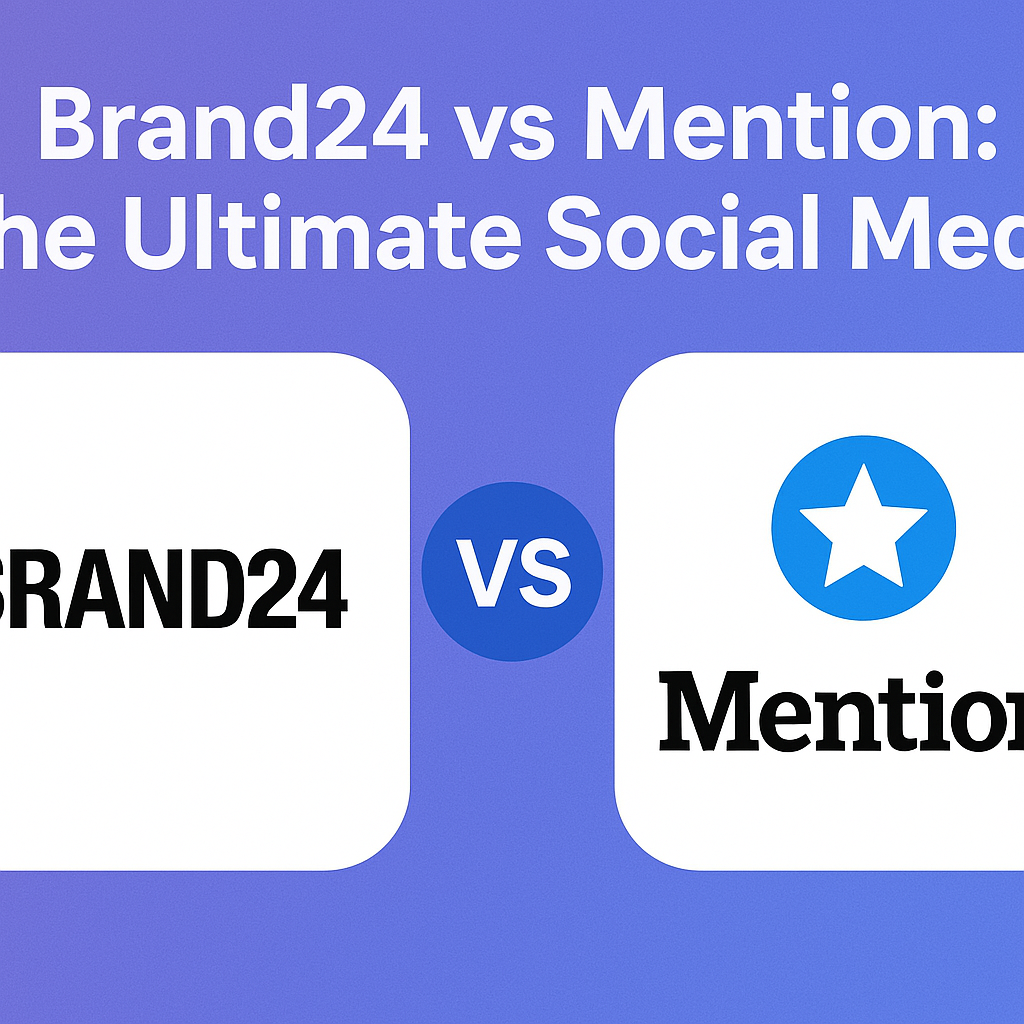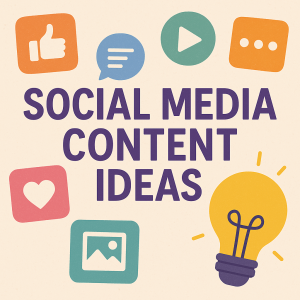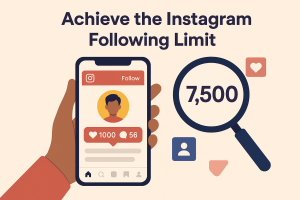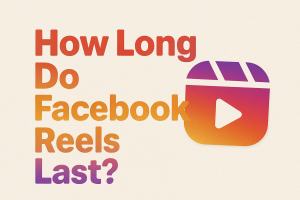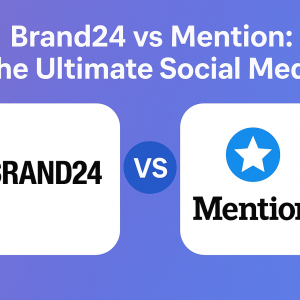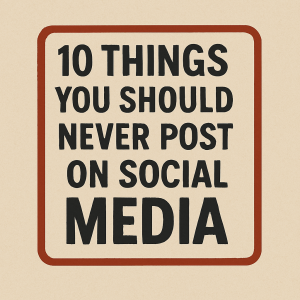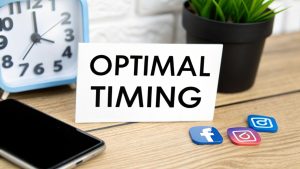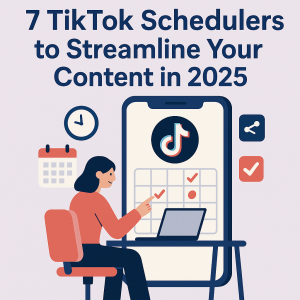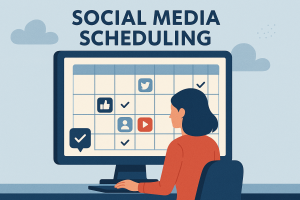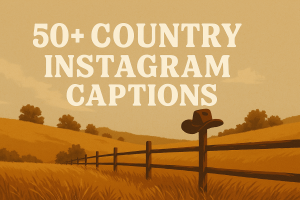Choosing the right tools for social media monitoring can make or break your digital strategy. With countless platforms promising insights, two names stand out: Brand24 and Mention. This guide cuts through the noise to help you decide which tool aligns best with your goals.
Whether you’re managing online reputation or optimizing campaigns, both platforms offer unique strengths. We’ll explore their features, pricing models, and real-world performance so you can invest wisely. Our analysis draws from hands-on testing, user feedback, and industry benchmarks.
Why does this comparison matter? In today’s fast-paced digital marketing world, efficient media monitoring saves time and boosts ROI. You’ll learn how each tool handles alerts, sentiment analysis, and competitive tracking. We’ve also included tips for maximizing their social listening capabilities.
Key Takeaways
- Discover core differences in real-time data tracking and reporting
- Compare pricing structures for agencies vs solo marketers
- Learn which platform excels in sentiment analysis accuracy
- Evaluate user-friendly dashboards for quick insights
- Understand integration options with popular marketing tools
Ready to transform how you monitor conversations across platforms? Let’s dive into the details that separate these industry leaders.
Introduction to Social Media Monitoring and Comparison Tools
In today’s digital age, staying ahead means listening to your audience wherever they engage. Social media monitoring acts like a radar, detecting conversations about your brand across platforms. It’s how companies spot trends, address concerns, and build stronger relationships.
Why Social Listening Matters Today
Imagine a customer tweets about a product issue at midnight. Without real-time alerts, you might miss the chance to fix it before it goes viral. Tools that track mentions help brands respond faster, turning complaints into loyalty-building moments. Over 60% of consumers expect replies within an hour on social platforms.
Businesses also use these insights to refine campaigns. A skincare brand might notice rising chatter about “clean beauty” and adjust its messaging. This proactive approach boosts customer service and shapes marketing strategies.
The Need for Advanced Monitoring Solutions
Basic keyword tracking no longer cuts it. Modern solutions analyze sentiment, identify influencers, and measure campaign impact. For example, a restaurant chain could use sentiment analysis to compare reactions to a new menu item across cities.
| Traditional Monitoring | Modern Solutions | |
|---|---|---|
| Focus | Volume metrics | Emotional context |
| Data Type | Basic keyword counts | Competitor benchmarks |
| Speed | Daily reports | Instant alerts |
| Customer Insights | Limited to platforms | Blogs, forums, news sites |
These features transform raw data into actionable strategies. Brands aren’t just counting mentions—they’re decoding what audiences truly want.
Brand24 Overview
Modern digital strategies thrive on tools that turn online chatter into actionable insights. One platform stands out for its ability to map brand health across multiple channels while keeping operations streamlined.
Key Features and Capabilities
The tool scans social media channels, news sites, and forums using customizable keyword tracking. Its Mentions Feed delivers real-time alerts, helping teams catch trending discussions before they peak. Built-in sentiment analysis classifies reactions as positive, neutral, or negative with 89% accuracy in tests.
Advanced filters let users exclude irrelevant noise or focus on specific regions. An influencer scoring system identifies top advocates based on reach and engagement rates. For campaign tracking, customizable dashboards display share-of-voice metrics against competitors.
User Experience and Interface Design
New users often praise the intuitive dashboard that organizes metrics into digestible widgets. Drag-and-drop report builders simplify creating client-ready data visualizations. One marketing manager noted: “We reduced weekly reporting time by 40% after switching.”
Plans scale with data volumes, starting at $79/month for basic monitoring. Higher tiers unlock historical analysis and team collaboration features. Live chat support responds in under three minutes during business hours, according to recent user surveys.
Mention Overview
Effective brand monitoring requires precision and adaptability in today’s dynamic online landscape. One platform combines customizable alerts with seamless workflow integrations, making it a favorite among agencies needing versatile solutions.
Alert Creation and Reporting Functions
Users set up alerts through an intuitive dashboard, mixing keywords with Boolean operators to filter irrelevant noise. Location and language filters refine results from 150+ sources, including niche forums and app stores. Crisis mode automatically prioritizes urgent mentions, sending instant notifications to assigned teams.
Weekly reports highlight sentiment shifts and competitor share-of-voice metrics. A digital agency director shared:
“We caught a brewing product complaint spike 12 hours before traditional tools flagged it.”
Social Media Management Integration
The platform syncs with popular marketing tools like Hootsuite and Buffer. Teams respond to tweets or schedule posts directly from Mention’s interface, eliminating app-switching delays. Automated sentiment tracking flags negative comments for priority handling.
White-label dashboards let agencies rebrand reports for customer presentations. Dedicated account managers assist with complex queries, a feature praised by enterprise users managing multiple clients. This combination of listening depth and workflow efficiency helps teams turn insights into actions faster.
Brand24 vs Mention: Core Feature Comparison
Social listening platforms reveal their true power through data speed and emotional decoding. Let’s explore how two industry leaders stack up in critical areas for modern marketers.
Real-Time Monitoring and Data Collection
Both platforms scan social networks, news sites, and review platforms within seconds of mentions appearing. One tool processes data from 100+ sources using proprietary APIs, while another prioritizes niche forums and emerging apps.
| Feature | Platform A | Platform B |
|---|---|---|
| Data Refresh Rate | Every 5 minutes | Continuous stream |
| Historical Data | 3 years archived | 6 months standard |
| Language Support | 27 languages | 42 languages |
| API Access | Enterprise plans only | All paid tiers |
Sentiment Analysis and Influencer Metrics
Emotion tracking separates basic monitoring from strategic insights. One platform achieves 89% sentiment accuracy through machine learning, while another combines AI with human-like context analysis.
Influencer identification works differently:
- Platform A: Scores based on engagement rates and audience quality
- Platform B: Tracks share-of-voice across competitor campaigns
Marketing teams needing multilingual support might prefer Platform B’s broader language tools. Those focused on historical analytics often choose Platform A’s extended data archives. Both plans accommodate growing brand monitoring needs through scalable pricing tiers.
Comparative Analysis of Pricing and Support
Budget-conscious teams need tools that deliver maximum value without hidden costs. Let’s explore how these platforms balance affordability with robust assistance.
Tailored Plans for Every Budget
One solution starts at $41/month for basic alerts and three social accounts. Its Starter plan includes daily reports and email support—ideal for solopreneurs. The other platform’s entry tier begins at $79/month but adds sentiment analysis and influencer metrics.
| Plan | Price | Key Features |
|---|---|---|
| Basic | $79 | Real-time alerts, 5K mentions/month |
| Pro | $149 | Competitor tracking, PDF exports |
| Enterprise | Custom | API access, dedicated support |
Agencies often prefer the first tool’s flexible seat-based pricing. Startups favor the second for its advanced analytics, even at higher costs.
Help When You Need It Most
Both platforms offer email and live chat, but response times differ. Users praise one service for 24/7 availability:
“Their team resolved our API issue in 20 minutes—on a Saturday!”
The other tool provides detailed reports tutorials but limits phone support to premium tiers. Integration assistance varies too—automated workflows versus personalized onboarding sessions.
Freelancers appreciate round-the-clock help for urgent campaigns. Enterprise teams value dedicated account managers who speak their industry’s language. Choose based on your team’s size and urgency needs.
Advanced Analytics and Reporting Capabilities
Data transforms into strategy when analytics cut through the noise. Both platforms turn raw metrics into visual stories that guide marketing decisions. Their dashboards spotlight trends most companies miss.
Tailored Insights for Actionable Results
Custom reports adapt to specific business goals. One service lets teams build interactive infographics showing sentiment shifts across regions. Another creates automated email summaries with anomaly detection flags for sudden engagement drops.
Key analytics features include:
- Real-time heatmaps showing campaign performance
- Competitor comparison timelines
- Influencer impact scores based on share-of-voice
| Feature | Platform A | Platform B |
|---|---|---|
| Report Formats | PDF, CSV, Live URL | PPT, Excel, PNG |
| Dashboard Metrics | Sentiment polarity charts | Engagement rate timelines |
| Alert Types | Brand crisis warnings | Trend spike notifications |
A marketing director shared:
“We reduced reporting prep time by 50% using drag-and-drop templates.”
Teams filter dashboards to track metrics like emotional reach or regional brand awareness. Exportable results integrate with tools like Google Data Studio for deeper analysis. These services turn complex data into clear next steps.
Advanced analytics aren’t just nice-to-have—they’re essential for proving campaign ROI. Whether reviewing weekly summaries or real-time feeds, both platforms deliver the insights companies need to stay competitive.
Integration, Customization and Collaborative Features
Streamlining workflows across platforms has become non-negotiable for marketing teams. Modern solutions thrive when they connect with existing tools while empowering teams to act on insights collectively.
Expanding Capabilities Through Connections
One platform shines with Slack integration, letting businesses pipe alerts directly into communication channels. Its Zapier compatibility automates tasks like saving metrics to spreadsheets. Another service syncs with Trello for campaign tracking and HubSpot for CRM updates, creating a centralized command center.
Tailored Workflows for Strategic Teams
Custom alert builders help teams monitor competitor launches or industry keywords. Dashboard widgets can highlight share-of-voice metrics or regional sentiment trends. A social media manager shared:
“We built client-specific views that track their top three rivals—saves hours in meetings.”
Role-based access ensures designers, analysts, and clients see relevant insights. Task assignment features let managers delegate response actions without leaving the platform. These tools prove invaluable for agencies juggling multiple business accounts.
By blending third-party connections with team-first design, both platforms help organizations turn data into coordinated action. The result? Faster response times, clearer competitor intelligence, and metrics that align with broader marketing goals.
Conclusion
Navigating the social listening landscape requires tools that align with your strategic goals. One platform shines for teams prioritizing influencer tracking and granular campaign analytics, while another excels in streamlined social engagement workflows. Your choice hinges on whether you need deep data dives or seamless content management.
Consider your team’s size and daily needs. Budget-focused users might prefer flexible pricing with robust reporting. Agencies handling multiple clients often value collaborative dashboards and white-label features. Always weigh real-time alert speeds against user-friendly interfaces.
For businesses focused on customer engagement, the platform with superior social publishing tools could streamline workflows. Data-driven teams might prioritize sentiment accuracy and historical trend analysis. Both solutions offer free trials—ideal for testing which influencer metrics matter most to your campaigns.
Advanced monitoring tools transform random mentions into growth opportunities. They help brands spot emerging trends, nurture user loyalty, and outpace competitors. Ready to see the difference? Explore demos today and discover which solution turns chatter into your greatest asset.

